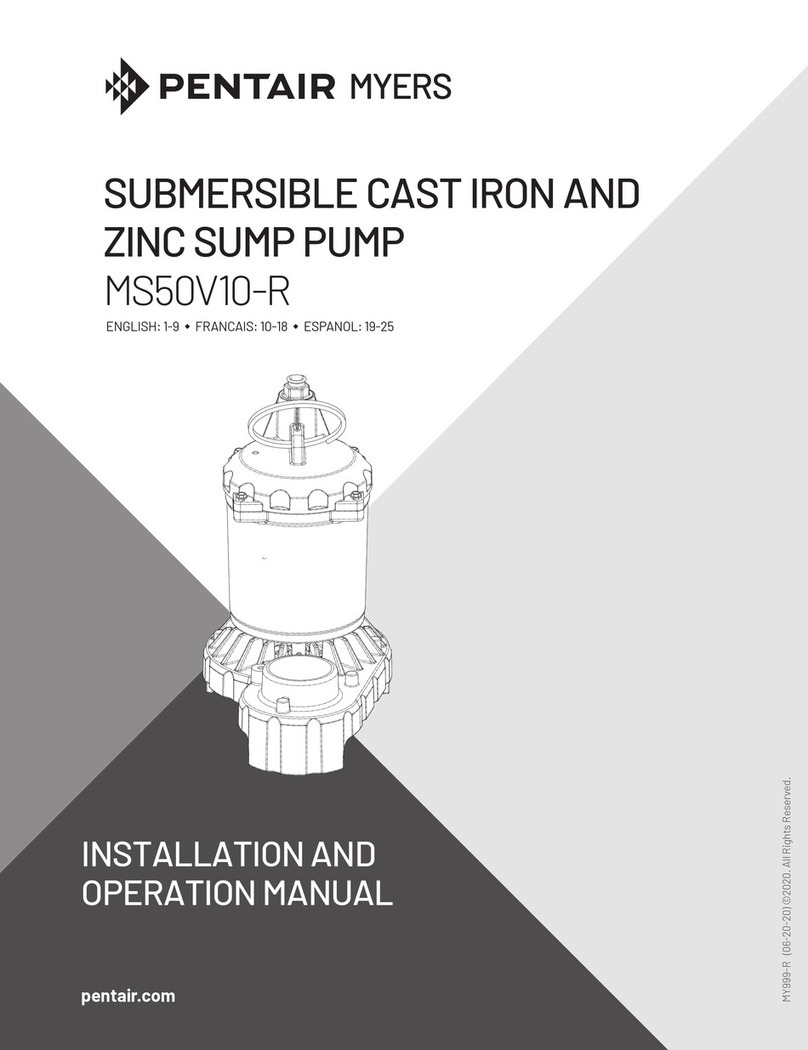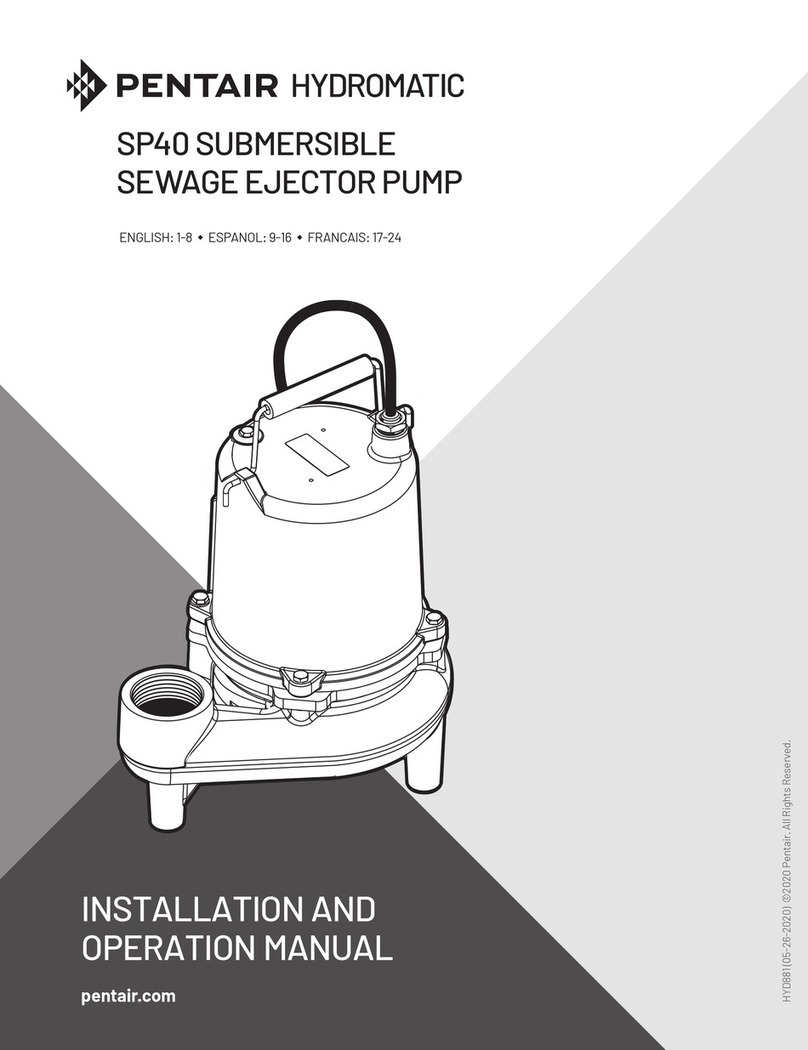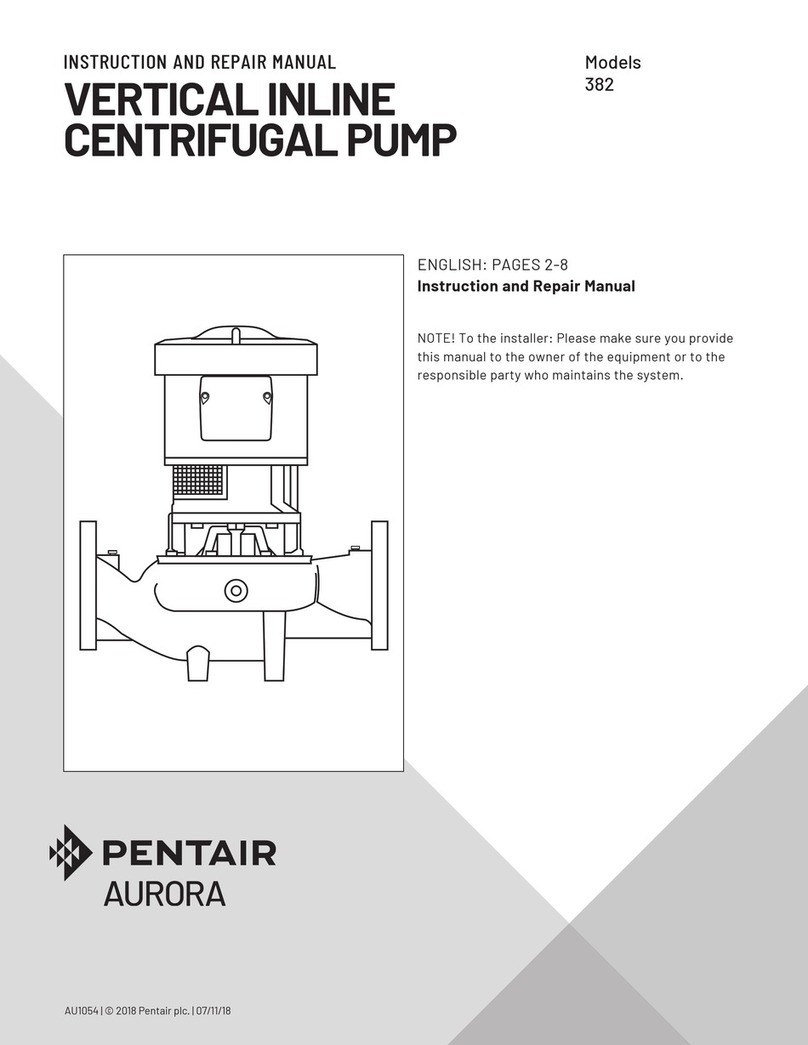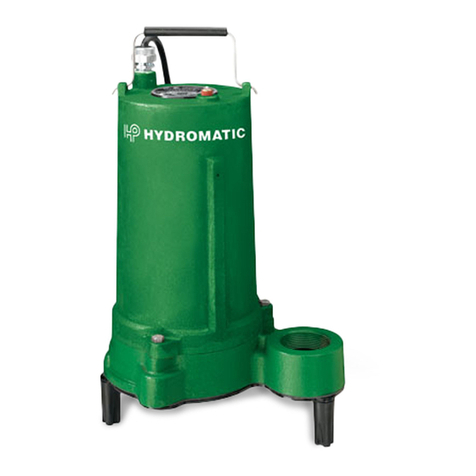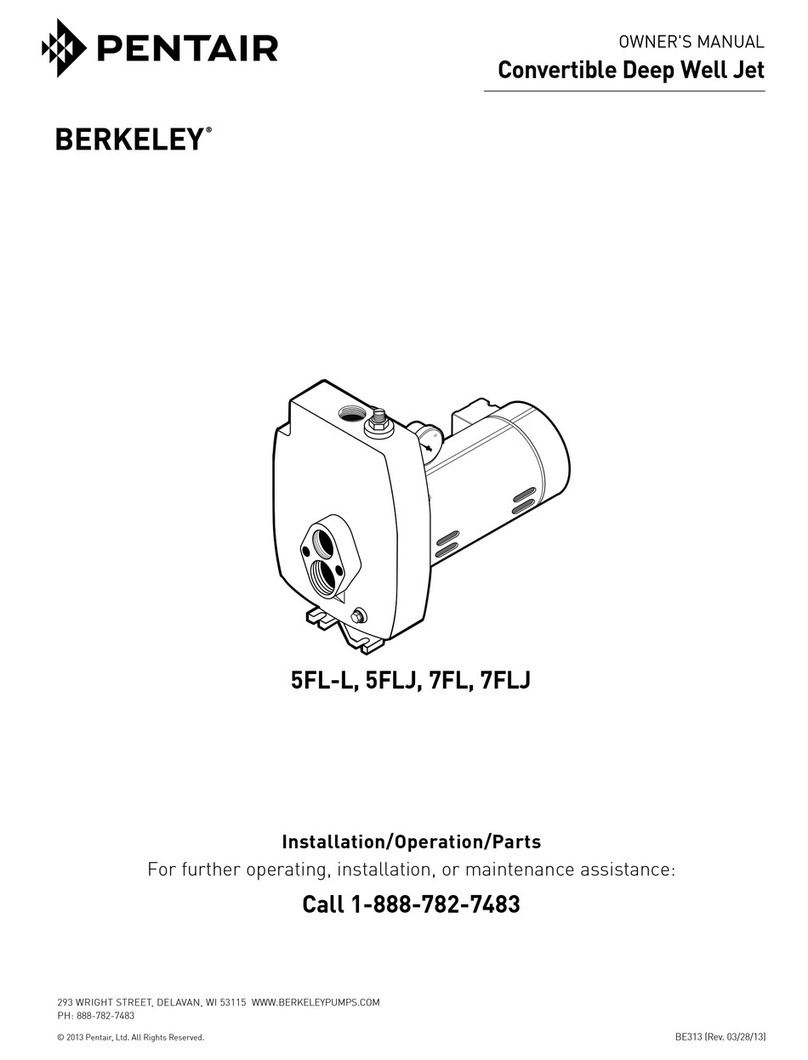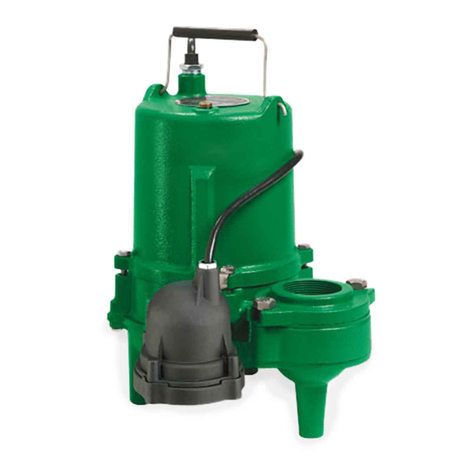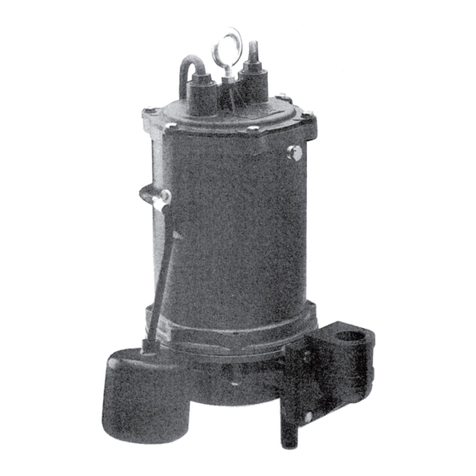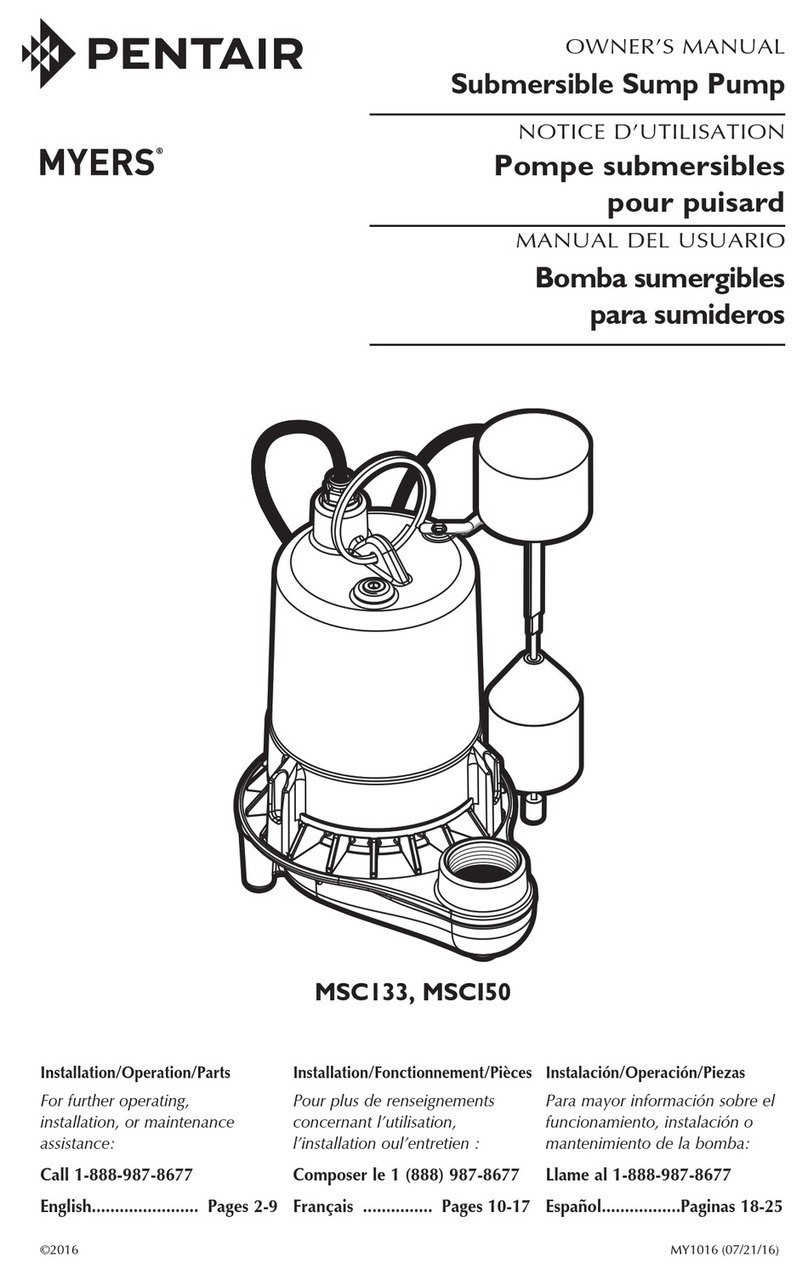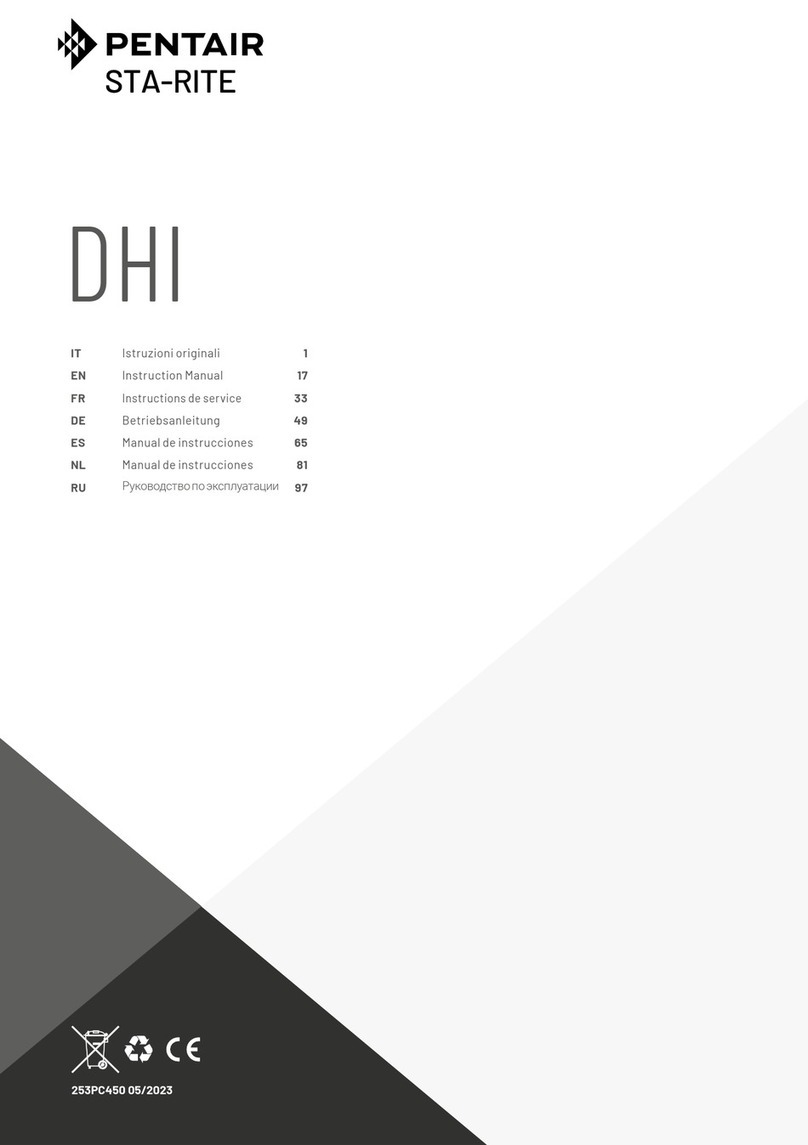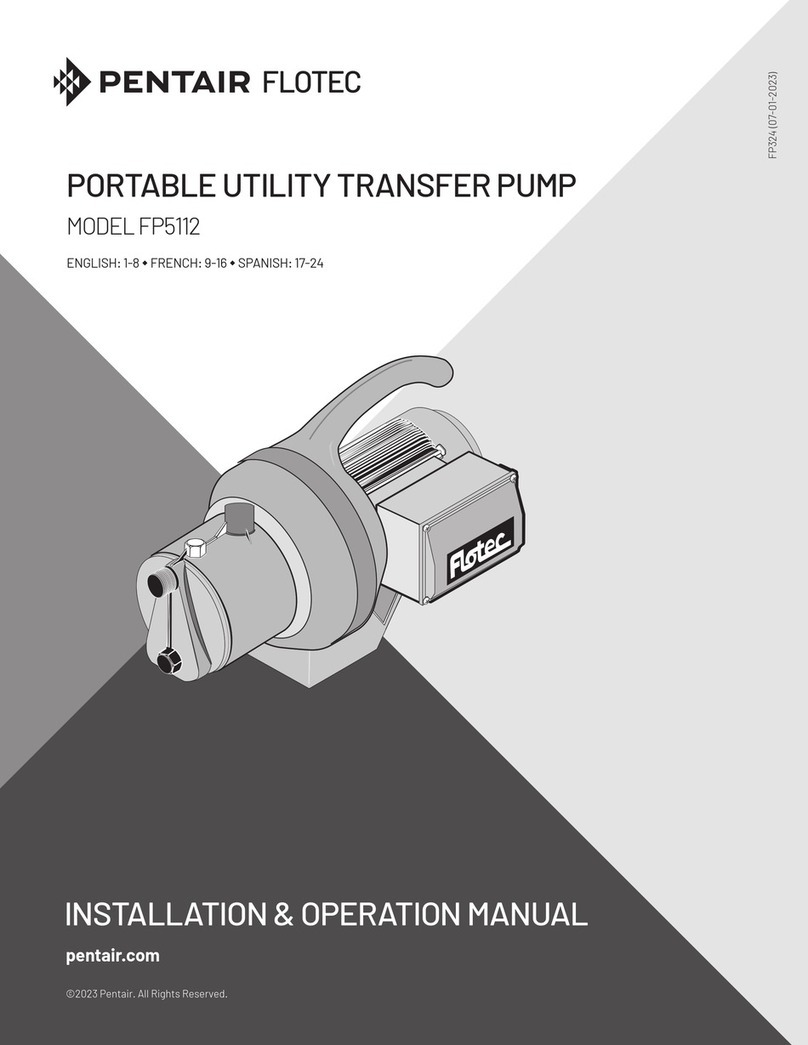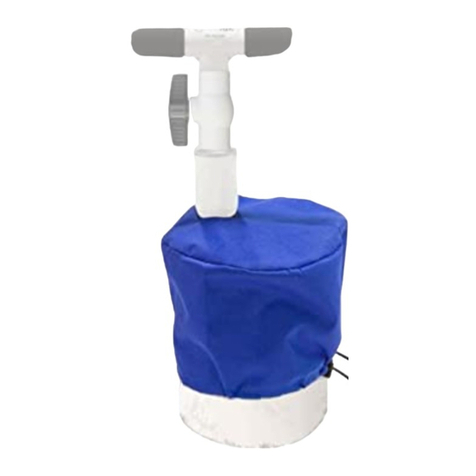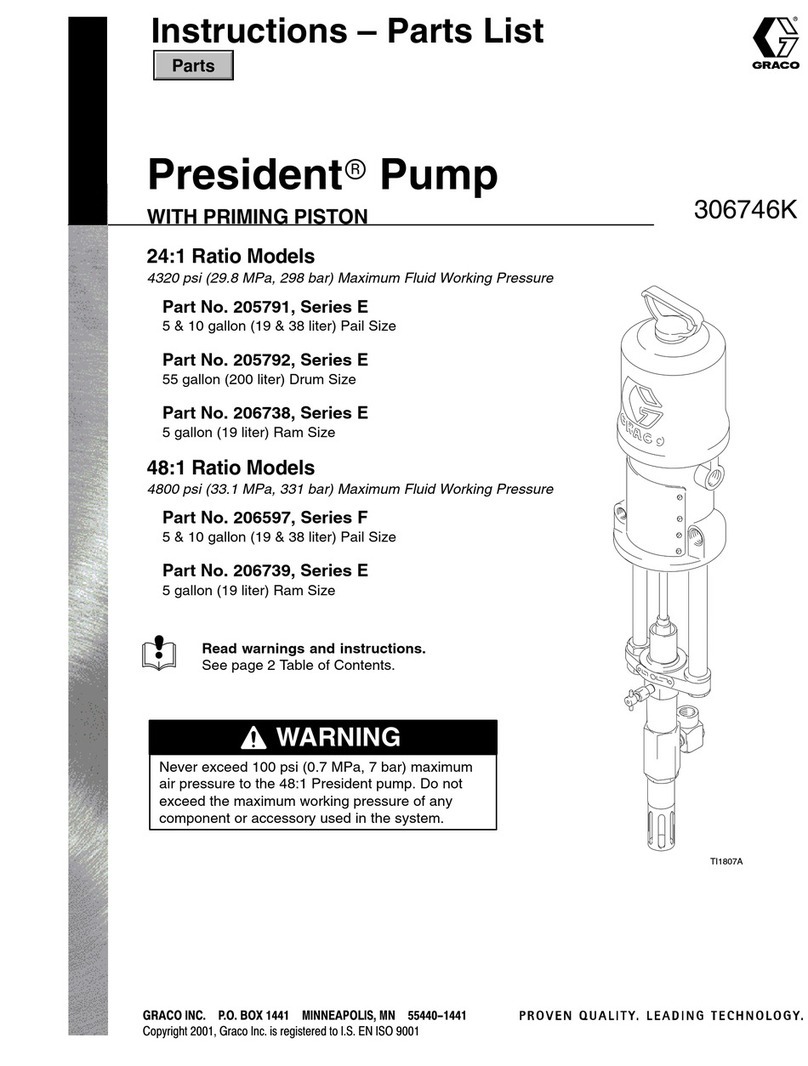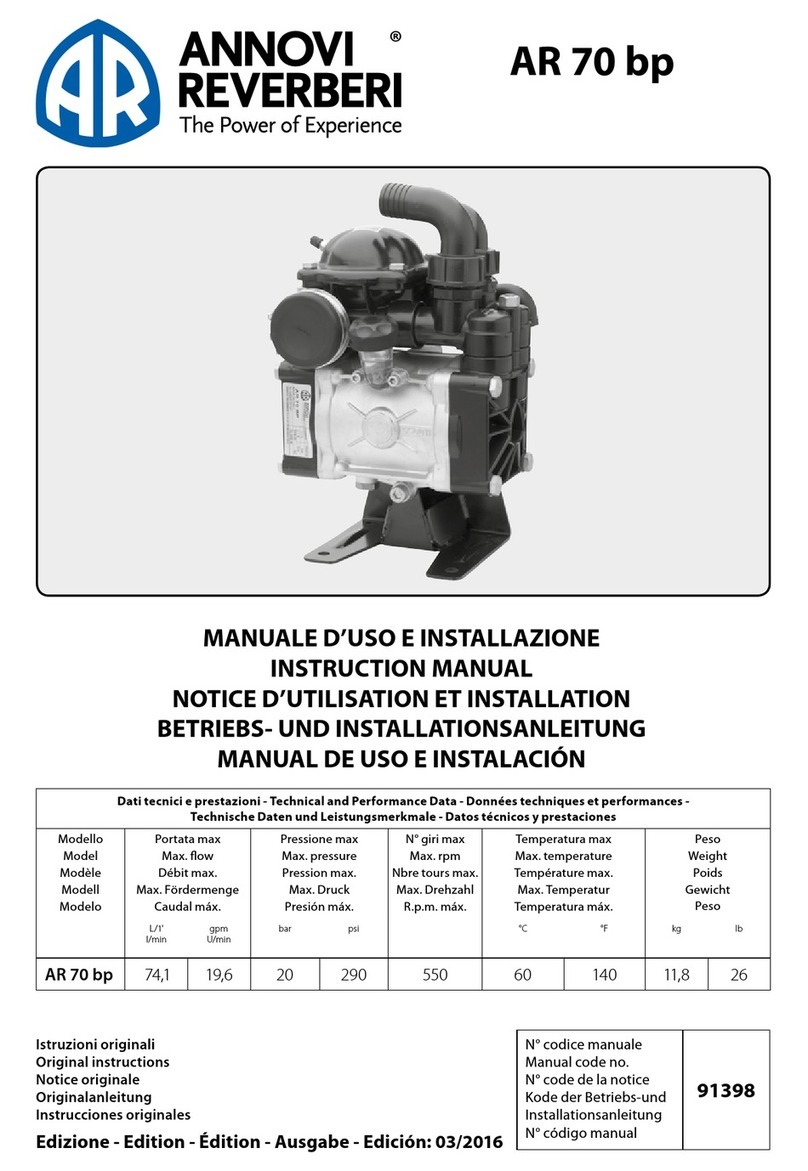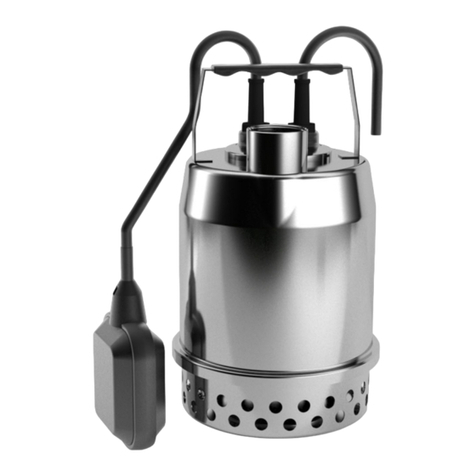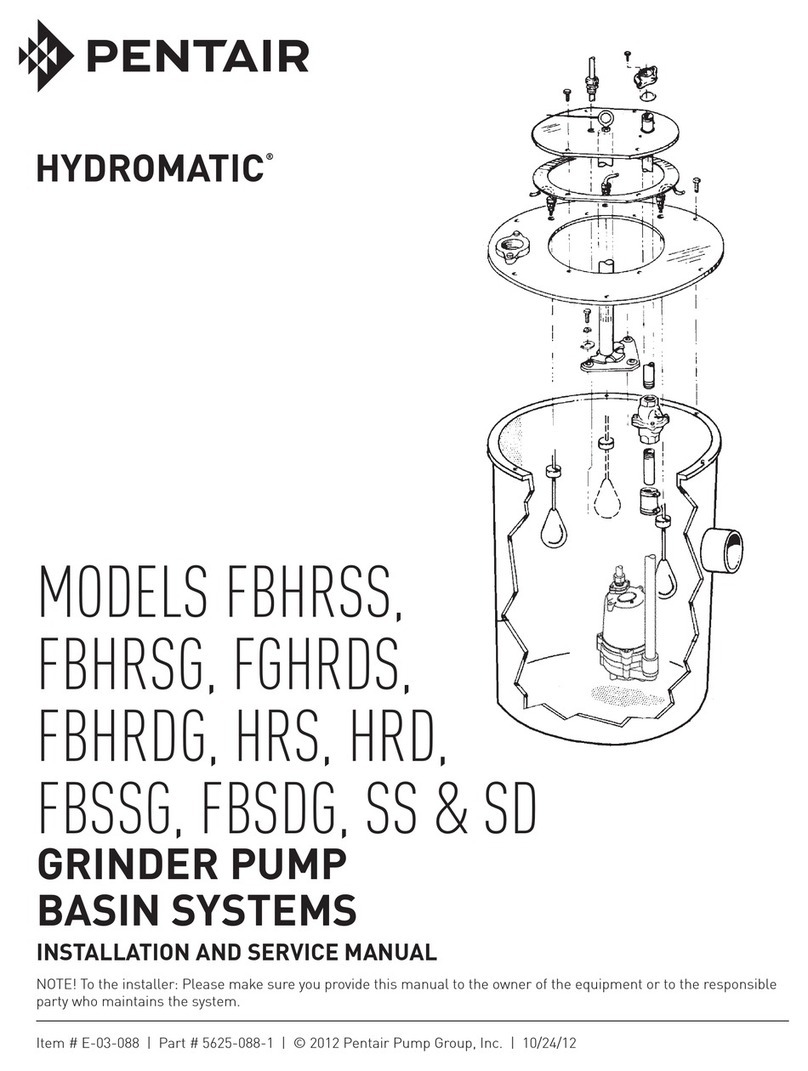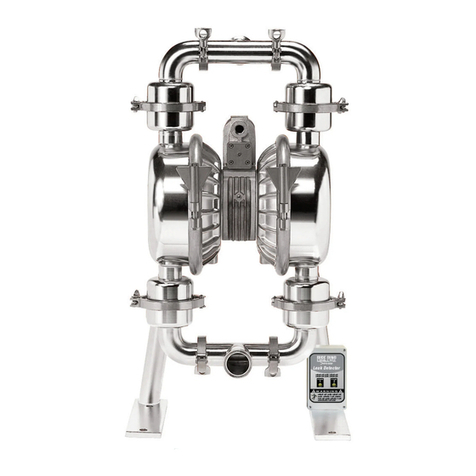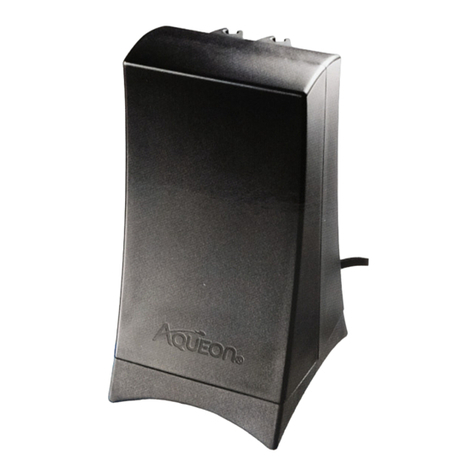
2
Preparations before Starting the Engine
1. Fuel: Check fuel level in tank. Do not over fill tank. Use
fresh, clean automotive fuel. Note: DO NOT FILL FUEL
TANK WHEN ENGINE IS RUNNING.
2. Engine Oil: Before checking or refilling with engine
oil, make sure the engine is stopped and placed on a
stable, level surface. Use oil recommended for ambient
air temperatures that the engine will be running at. See
chart below. Change oil according to manufacturer’s
recommendation. (Once after the first 20 hours and
every 100 hours thereafter.)
Air Temperature Single-grade Oil
85° F #40W
60° F #30W
32° F #20W
3. Priming Water: IMPORTANT: PUMP MUST NOT BE
RUN DRY. On self-priming pumps, only the chamber
needs to be filled with liquid. The pump must not run
unless the priming chamber is completely filled with liquid
because there is a danger of damaging the mechanical
seal, which depends on the liquid for its lubrication.
Self-priming models can be primed by removing the filler
cap, located at the top of the pump where the discharge
line is mounted to the pump, and filling the priming
chamber with liquid. The priming chamber will fill to the
level of the inlet port. After use, the priming chamber
should be flushed and drained to avoid chemical corrosion
and damage from freezing. Drain by removing the lower
drain plug located at the bottom of the casing.
Starting the Pump
IMPORTANT: Before starting engine, be sure the
priming chamber is filled with liquid and the discharge
hose is secure.
1. Turn engine switch located by recoil starter to ON
position.
2. Turn the fuel cock to ON.
3. Push the throttle lever to a slightly open position.
4. Operation of choke lever.
When engine is cold:
In cold weather, start engine with choke in fully
closed position.
In warm weather, start engine with choke in half-
closed position.
When engine is warm:
Start engine with choke in fully open position.
5. Start engine by pulling recoil starter out quickly and
forcefully. Repeat pulling until the engine starts.
Operation of the Pump
1. Idle the engine for 3 to 5 minutes to warm it up.
2. Open the throttle lever to the upper zone after engine
has warmed up.
3. Once the pump has primed, you will note a load on the
engine; adjust rpms to proper speed for your pumping
application.
Hazardous Substance Alert
Please Note: It is illegal to ship or transport any
hazardous chemicals without United States
Environmental Protection Agency Licensing.
1. Always drain and flush pumps before servicing or dis-
assembling for any reason.
2. Before returning unit for repair, drain out all liquids and
flush unit with neutralizing liquid. Then, drain the pump.
Attach a tag or include a written notice certifying that
this has been done.
3. Never store pumps containing hazardous chemicals.
Plumbing Installation
Preliminary to Mounting
Before setting up the pump for operation, check
to see that the motor and pump turn freely by hand. If
it cannot be turned over by pulling on the recoil starter,
open casing to check for obstructions lodged in pump.
Selecting the Suction Line
To get full capacity of the pump, the suction line should be
the same size as the pump suction port. If suction hose is
longer than approximately 6 feet, use next size larger hose.
The suction line must be free of air leaks. All joints and
connections of the suction line must be tightened securely so
that no additional air may enter the suction side through a
loose connection. Use a good grade of suction hose that will
not collapse.
Basket Strainer
The basket strainer supplied with this
pump is to be used when transferring
solutions that may contain debris and
solids which could become lodged in the
pump or damage the impeller. Because
of the high flow capacity of this pump,
unknown debris could be siphoned off the bottom of the
tank. Install the strainer on the suction side of the pump
whenever possible to avoid pump damage.
Operation and Maintenance









